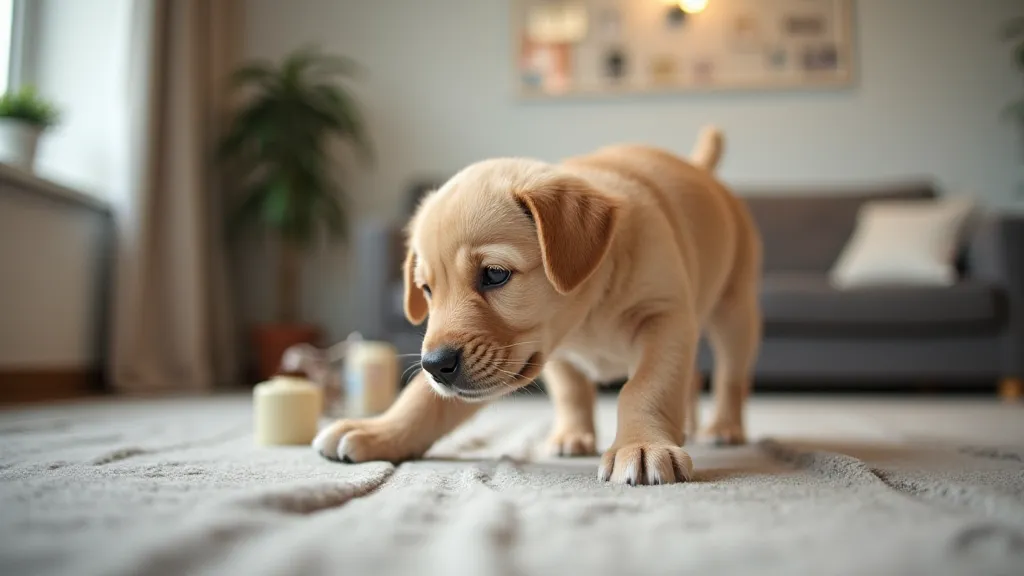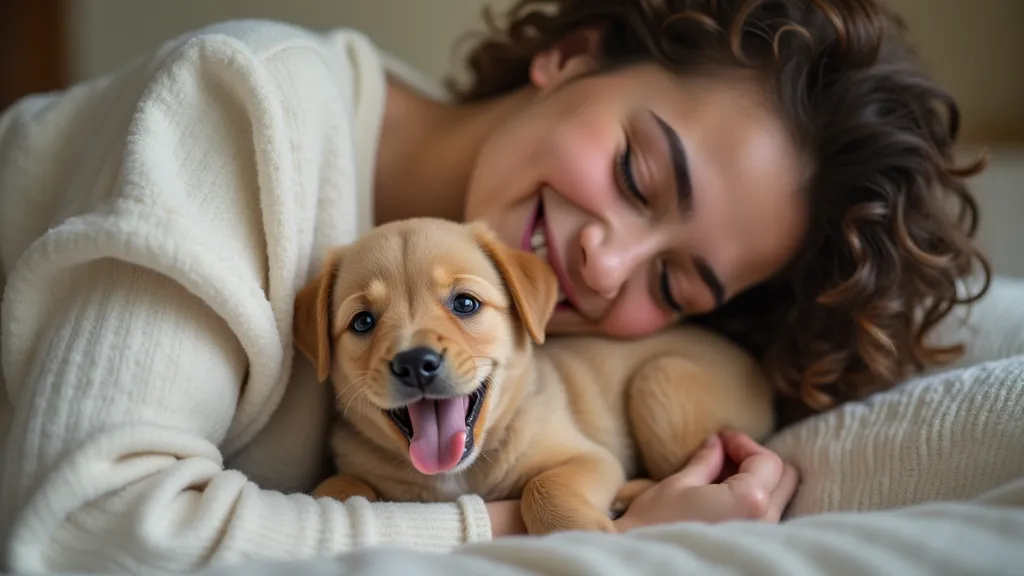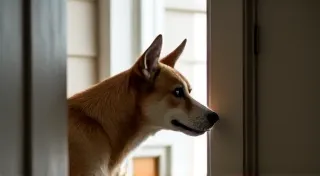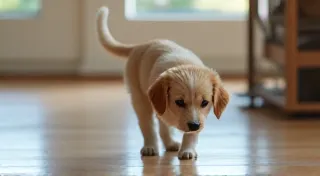Puppy Proofing Your Home: Creating a Safe Environment
Bringing a new puppy into your home is an exciting time! But along with the cuddles and playful moments comes a responsibility: ensuring your puppy’s safety. Puppies are curious and explore the world with their mouths, which means they can easily get into trouble if your home isn’t properly prepared. Puppy-proofing isn't about restricting your puppy, but about creating a safe and stimulating environment where they can learn and grow without encountering hazards. This guide will walk you through essential steps to protect your furry friend.
Identifying Potential Hazards
Puppies see the world differently than we do. What seems harmless to you can be a dangerous temptation for a tiny explorer. Here's a breakdown of common household hazards:
- Electrical Cords: Puppies love to chew! Exposed wires pose a serious electrocution risk.
- Toxic Substances: This includes cleaning supplies, medications (human and pet), antifreeze, and certain plants. Keep everything securely stored out of reach. It’s not just what you use in the house – be mindful of potential dangers in your yard too.
- Small Objects: Coins, buttons, rubber bands, and small toys can be swallowed, leading to choking or intestinal blockages.
- Sharp Objects: Knives, scissors, and broken glass are obvious dangers.
- Poisonous Plants: Many common houseplants are toxic to dogs. Research which plants are safe before bringing your puppy home. Understanding breed-specific behavioral imperatives can sometimes help predict and mitigate potential chewing behaviors – it’s fascinating to learn about the echo of ancestry and how it influences our canine companions.
- Loose Rugs & Carpets: These can be tripping hazards, especially for clumsy puppies.
- Furniture with Dangling Cords: Blinds and curtains with cords pose a strangulation risk.
- Medications: Store all medications, both human and pet, in secure, puppy-proof containers.

Puppy-Proofing Strategies: Room by Room
Let's break down puppy-proofing by area of your home:
The Kitchen
- Store all chemicals, cleaning supplies, and medications in high cabinets or locked containers.
- Keep food scraps out of reach.
- Secure the trash can with a lid that your puppy can't open.
- Consider a baby gate to restrict access to the kitchen when you’re not able to supervise.
The Living Room & Bedrooms
- Tuck away electrical cords and wires. Cord protectors are a great investment.
- Remove or secure loose rugs and carpets.
- Put away small objects like coins, buttons, and toys.
- Store medications and vitamins in secure containers.
- Check plants for toxicity and relocate them if necessary.
The Bathroom
- Keep medications, toiletries, and cleaning supplies locked away.
- Secure the toilet lid to prevent your puppy from drinking the water (which can contain cleaning chemicals).
The Yard
- Check your yard for poisonous plants and remove them.
- Secure fencing to prevent escapes and protect your puppy from potential dangers.
- Be mindful of pesticides and fertilizers, ensuring they’re safe for pets. Remember, proper grooming is key to overall wellbeing – explore grooming as ritual for more on keeping your puppy healthy and happy.
Creating a Stimulating Environment
Puppy-proofing isn't just about removing hazards; it’s also about providing a stimulating environment where your puppy can thrive. Provide plenty of safe chew toys to redirect their chewing instincts away from your belongings. Rotate toys regularly to keep them interesting. Create a designated "puppy zone" with their bed, toys, and water bowl – a place where they feel safe and secure. It's important to address the emotional aspect of puppy ownership, especially if you're facing difficult situations. Sadly, the frayed leash – the reality of puppy abandonment – is a concerning issue, and ensuring a safe and loving home is paramount.

Ongoing Vigilance
Puppy-proofing is an ongoing process. As your puppy grows, their curiosity and abilities will change, so you need to re-evaluate your home’s safety regularly. Always supervise your puppy, especially during the initial stages of settling in. The initial settling-in period can be stressful for both puppy and owner. Understanding why puppies sometimes display undesirable behaviors, often rooted in their heritage, provides crucial insights into effective training. Consider exploring the echo of ancestry to gain a deeper understanding of breed-specific tendencies.
Furthermore, certain breeds are prone to specific health concerns. For example, larger breeds may have joint issues, while smaller breeds can be prone to dental problems. Regular veterinary check-ups and a balanced diet are essential for maintaining your puppy’s health.
Consider the environment as a whole. Is your home childproofed as well? A coordinated approach to safety benefits everyone in the household. And don’s forget about outdoor safety. Ensure your yard is free from hazards like broken glass, sharp objects, and toxic chemicals. Regularly inspect your fence for any damage or weaknesses.
The breed you select for your family significantly impacts the puppy-proofing strategies you need to employ. For instance, a high-energy breed might require a more robust and secure yard to prevent escapes. Similarly, a breed with a strong chewing instinct will need a greater variety of durable toys to satisfy their natural urges.
It's also wise to consult with a professional dog trainer or behaviorist. They can provide tailored advice based on your puppy’s breed and personality. Early socialization is a key element in raising a well-adjusted dog. Expose your puppy to a wide range of people, places, and situations.
Beyond the Basics: Addressing Specific Concerns
Beyond the general guidelines, there are specific considerations for different types of homes. Apartment living requires different strategies than owning a large property. With apartment living, noise levels and neighborly interactions are important factors to consider. Provide your puppy with ample opportunities to expend energy in a safe and controlled environment. If your home has a pool, ensure it's properly fenced and your puppy is supervised around it.
The importance of understanding canine body language cannot be overstated. By learning to recognize signs of stress, anxiety, or discomfort, you can intervene before situations escalate. Creating a positive and supportive environment is crucial for fostering a strong bond with your puppy.
Conclusion
Investing time and effort into puppy-proofing your home is one of the best things you can do for your new furry family member. By creating a safe and stimulating environment, you’re not only protecting your puppy from harm but also fostering a strong bond and setting them up for a lifetime of happiness. Remember, a proactive approach to safety, coupled with a deep understanding of your puppy’s needs, is the key to a harmonious and joyful partnership.






